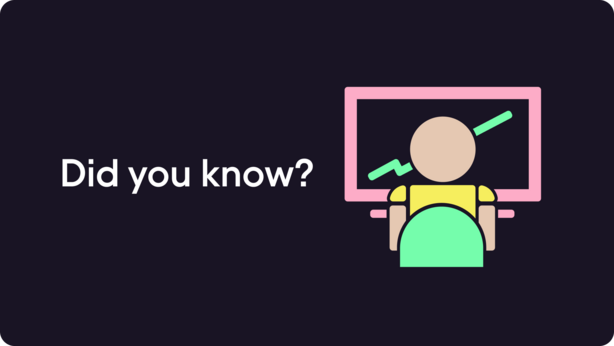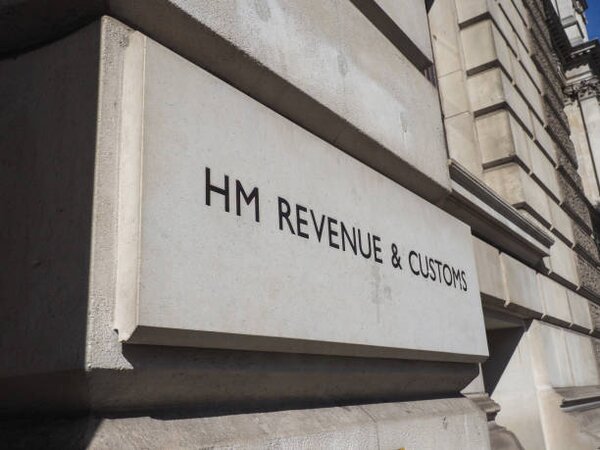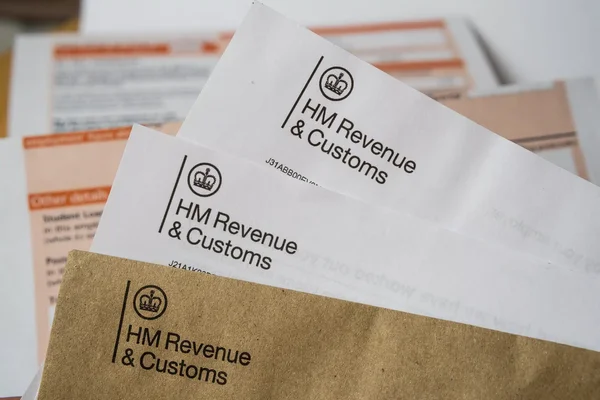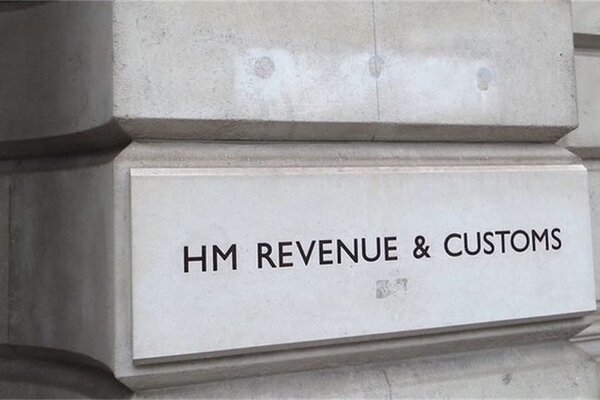Understanding the reasons and implications behind the increase in taxed savings.

In the wake of the financial crisis of 2008, interest rates on cash savings cratered and remained at rock bottom levels for well over a decade. As a result, you would have to have had quite a tidy sum indeed in your savings account in order to generate the £1,000 of interest that would compel you to pay taxes on it.
For all intents and purposes, the only people paying tax on their cash savings were high-income individuals with large savings account balances. But even most of those people (whose interest income threshold was £500 and not £1,000) didn’t park their money in savings accounts. Instead, they put it to work in the stock market or elsewhere.
Interest rate increases and frozen income thresholds will trap over 1 million more people into paying tax on savings this year. By April 5, 2024, about 2.7 million individuals will be taxed on their savings interest, 1 million more than the previous year. Despite public concern, HMRC remains silent, while the government anticipates collecting billions from this newly taxed interest.
Surge in Savings Taxation
Due to recent interest rate hikes, many people are facing higher taxes on their savings. Previously, a basic rate taxpayer with £50,000 in savings at 1% interest earned £500, well below the £1,000 tax-free limit. Now, with interest rates at 5%, that same amount generates £2,500, pushing taxpayers into higher tax brackets and increasing their tax liability. The unchanged tax brackets make this situation even worse for savers.


Impact of Frozen Tax Brackets
The combination of rising interest rates and frozen tax brackets means more people are being taxed on their savings interest. For instance, a basic rate taxpayer with an income of £49,000 and £500 in interest was previously under the tax threshold. This year, £2,500 in interest could push them into a higher tax bracket, increasing their overall tax burden. The tax-free allowance also drops from £1,000 to £500 if they are moved to a higher bracket.

A basic rate taxpayer with £50,000 in savings earning 1% interest would have earned £500. With a 5% interest rate, they now earn £2,500, pushing them into a higher tax bracket and increasing their tax liability.Impact of Interest Rate Increase

When taxpayers move into a higher tax bracket, their tax-free savings allowance drops from £1,000 to £500. This change means more of their interest income will be subject to tax, compounding their financial burden.Reduction in Tax-Free Allowance

Navigating the New Tax Landscape
To effectively manage the new tax landscape, savers should consider various strategies. One approach is to explore tax-efficient savings accounts such as ISAs (Individual Savings Accounts), which offer tax-free interest up to a certain limit. ISAs can be a valuable tool in mitigating the impact of the new tax regulations on your savings.
Another important strategy is to regularly review and adjust your savings plan. As interest rates and tax laws change, it's crucial to stay updated and make necessary adjustments to your financial strategy. The Pie Tax App provides tools and resources to help you stay on top of these changes, ensuring you make informed decisions.
Maximizing Tax-Efficient Savings
Leveraging tax-efficient savings vehicles such as ISAs can significantly reduce the impact of the new tax regulations. By investing in ISAs, savers can enjoy tax-free interest, thereby mitigating the tax burden on their savings. It's also important to keep track of annual contribution limits to maximise the benefits of ISAs.
Regular financial reviews and adjustments are essential in light of changing interest rates and tax laws. Staying informed and proactive can help you optimise your savings and avoid unnecessary tax liabilities. The expert tax assistants available on the Pie app can offer personalised advice to ensure your savings strategy aligns with the latest tax regulations.

What Can You Do in Response to the Tax Trap on Savings?

A cash ISA lets you save up to £20,000 annually tax-free, with varying rules on withdrawals. While it offers tax benefits, the interest rate is usually lower than standard savings accounts.Open a Cash ISA

If you’re hitting savings limits and still have extra cash, consider overpaying your mortgage. This boosts home equity, cuts interest costs, and reduces payment duration.Overpay your Mortgage

Consider investing in premium bonds, if you’ve used your ISA limit. They don’t pay interest but offer tax-free monthly prizes from £25 to £1 million, with a chance of winning bigConsider Premium Bonds

Fun Facts about Savings
Did you know? The concept of saving interest-free dates back to ancient Egypt, where people stored grains in communal granaries to safeguard against famine.
Practical Advice for Savers

To effectively manage the increased tax on savings, it's essential to stay informed about tax law changes and explore tax-efficient savings options. Investing in ISAs, which offer tax-free interest, can be a strategic move. Additionally, regular financial reviews ensure that your savings strategy remains optimal as interest rates and tax regulations evolve.
Engaging with expert tax assistants available on the Pie Tax App can provide personalised guidance, helping you navigate the complexities of tax on savings. They can help you identify the best savings accounts and strategies to minimise your tax burden and maximise your savings potential.

ISAs (Individual Savings Accounts) provide a valuable tax-efficient option for savers. By investing in ISAs, you can earn interest without incurring tax liabilities, up to a certain limit. This makes ISAs a strategic choice for effectively managing the impact of the new tax regulations.ISAs as a Tax-Efficient Option

Regular financial reviews are crucial in light of changing tax laws and interest rates. Staying proactive and informed allows you to adjust your savings strategy to minimise tax liabilities and optimise your savings. The Pie Tax App offers tools and resources to help you stay updated and make informed decisions.Regular Financial Reviews
Summary
The current situation whereby a million more people will wind up facing tax bills on their savings interest this year was not planned, but the government has been slow to respond with potential remedies nonetheless. If you’re looking for a way to reduce your exposure to interest taxes, consider one of the options outlined above.
For access to a real-time overview of your tax figure, plus dozens of other tax-related tools and features, why not try out the Pie app? View our pricing and learn about the 60-day free trial by clicking here.











